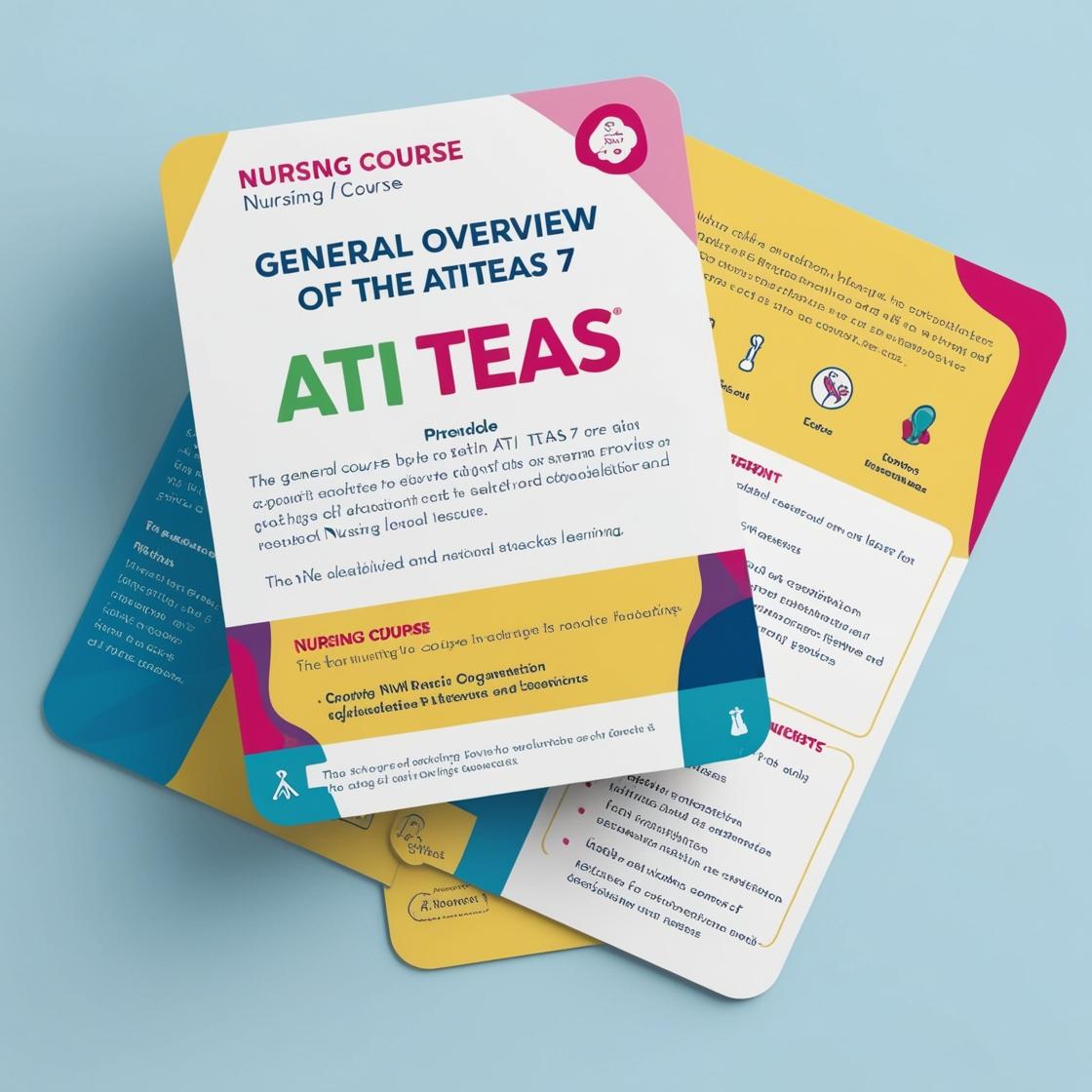ATI TEAS 7
ATI TEAS Science Test
1. Where would a nonpregnant patient with normal anatomy most commonly have pain in acute appendicitis?
- A. Right upper quadrant.
- B. Left upper quadrant.
- C. Right lower quadrant.
- D. Left lower quadrant.
Correct answer: C
Rationale: In acute appendicitis, nonpregnant patients with normal anatomy commonly experience pain in the right lower quadrant of the abdomen. The pain usually starts around the umbilicus or epigastric area and then migrates to the right lower quadrant as inflammation progresses in the appendix. This classic migration of pain is known as McBurney's point tenderness and is a key clinical feature in diagnosing appendicitis.
2. Which of the following functions would be most affected by laryngeal damage?
- A. Blinking
- B. Walking
- C. Singing
- D. Hearing
Correct answer: C
Rationale: Laryngeal damage would most affect the function of singing. The larynx, or voice box, houses the vocal cords responsible for producing sound during singing. Damage to the larynx can impair the ability to phonate and control pitch, tone, and quality of the voice, which are crucial for singing. Choices A, B, and D are unrelated to the larynx. Blinking is controlled by the facial nerve, walking involves motor functions and coordination, and hearing is related to the ear structures and auditory nerves.
3. Which nervous system controls voluntary motor movement?
- A. Parasympathetic
- B. Sympathetic
- C. Autonomic
- D. Somatic
Correct answer: D
Rationale: The correct answer is D: Somatic. The somatic nervous system is responsible for controlling voluntary motor movements. It includes the motor neurons that innervate skeletal muscles and allows us to consciously control our movements. The parasympathetic and sympathetic nervous systems are part of the autonomic nervous system, which controls involuntary functions such as heart rate and digestion. Therefore, choices A, B, and C are incorrect as they are components of the autonomic nervous system and are not primarily responsible for voluntary motor movements.
4. The adrenal glands are part of the
- A. immune system
- B. endocrine system
- C. lymphatic system
- D. respiratory system
Correct answer: B
Rationale: The correct answer is B: endocrine system. The adrenal glands are part of the endocrine system. These small, triangular-shaped glands are located on top of each kidney and are responsible for producing hormones such as adrenaline, cortisol, and aldosterone. These hormones play a vital role in regulating various body functions, including metabolism, immune response, and stress response. Choices A, C, and D are incorrect because the adrenal glands are not part of the immune system, lymphatic system, or respiratory system. While the immune system is involved in protecting the body from infections and diseases, the lymphatic system helps in maintaining fluid balance and immune function, and the respiratory system is responsible for breathing and gas exchange in the body.
5. Which of the following organs belongs to the digestive system?
- A. Spine
- B. Lungs
- C. Brain
- D. Stomach
Correct answer: D
Rationale: The correct answer is D: Stomach. The stomach is an organ of the digestive system. Its main function is to break down and digest food, allowing the nutrients to be absorbed into the body. The stomach secretes digestive enzymes and acids to help in the digestion process. Choices A, B, and C are incorrect as the spine, lungs, and brain are not part of the digestive system. The spine is part of the skeletal system, the lungs belong to the respiratory system, and the brain is part of the nervous system.
Similar Questions

Access More Features
ATI TEAS Premium Plus
$150/ 90 days
- Actual ATI TEAS 7 Questions
- 3,000 questions with answers
- 90 days access
ATI TEAS Basic
$99/ 30 days
- 3,000 Questions with answers
- 30 days access
